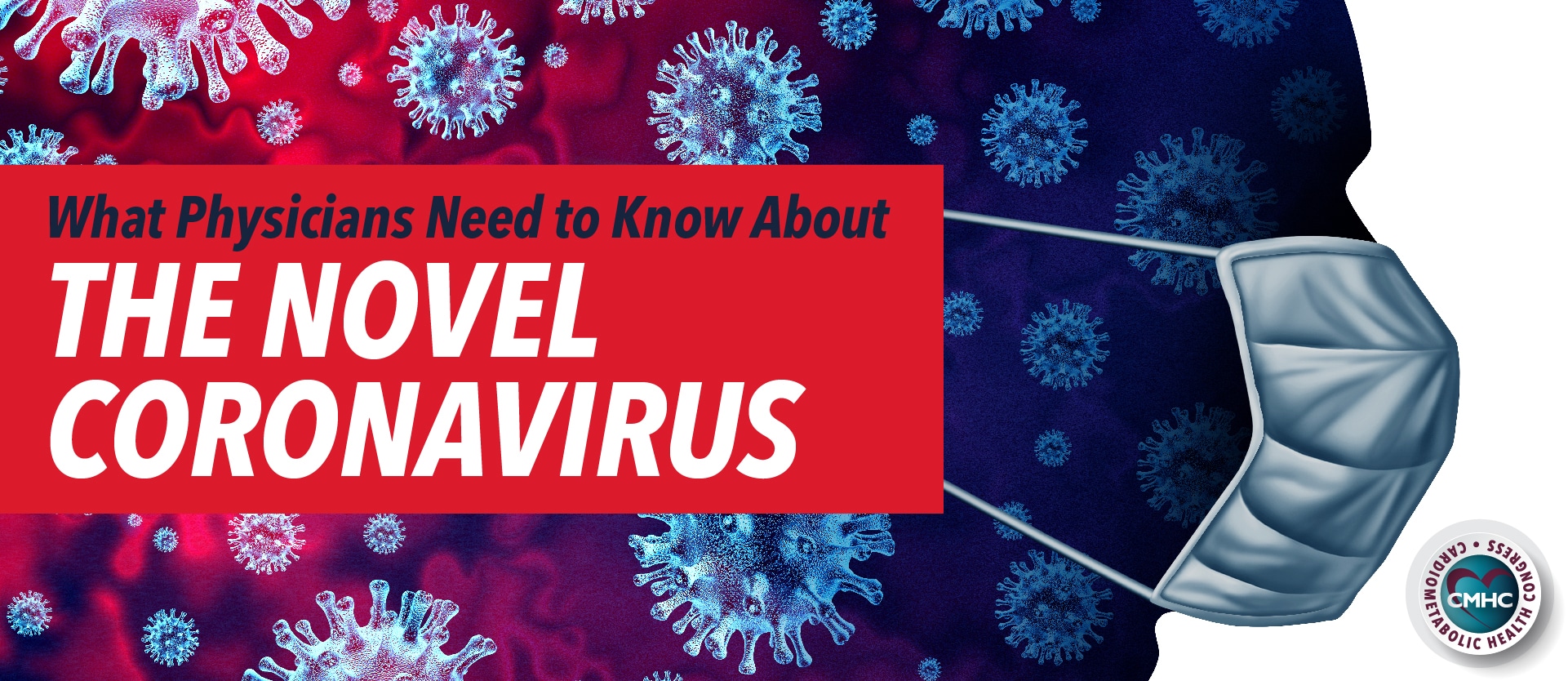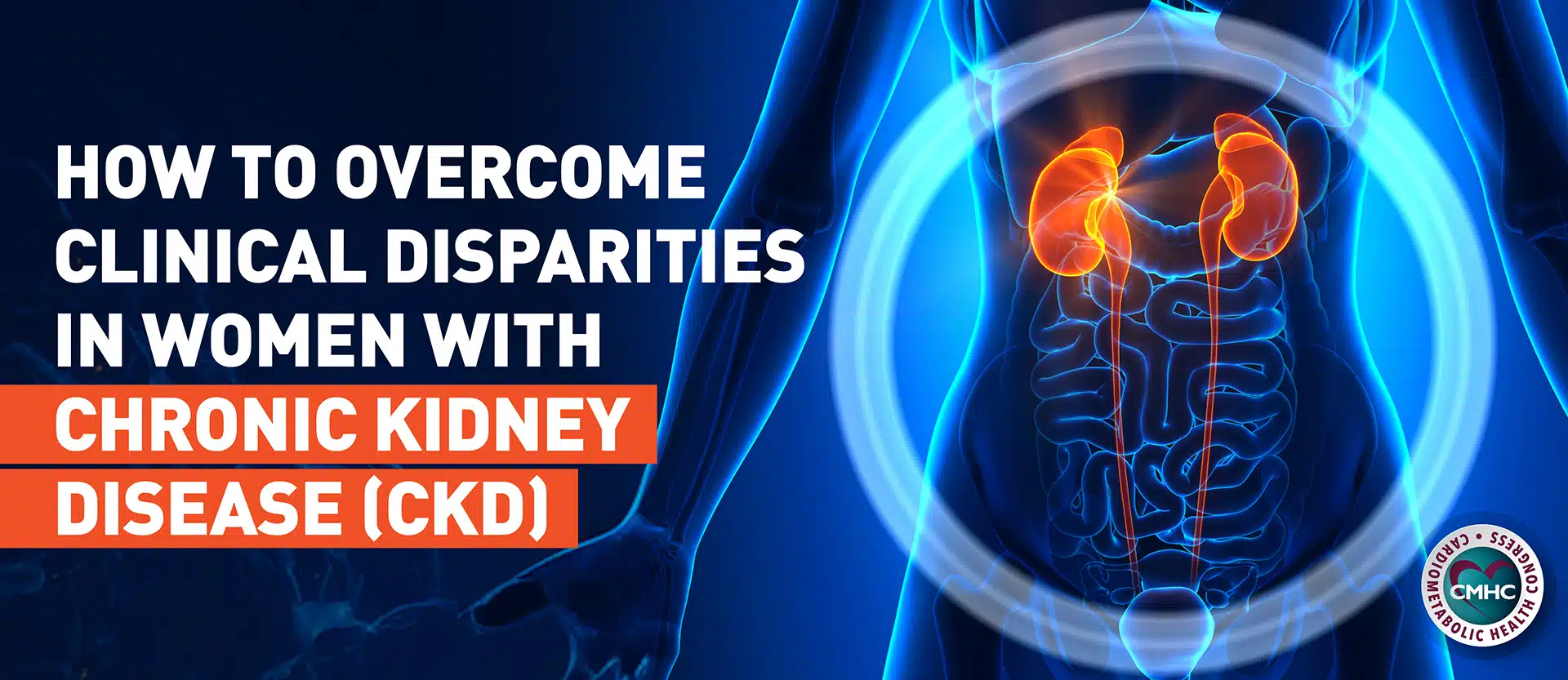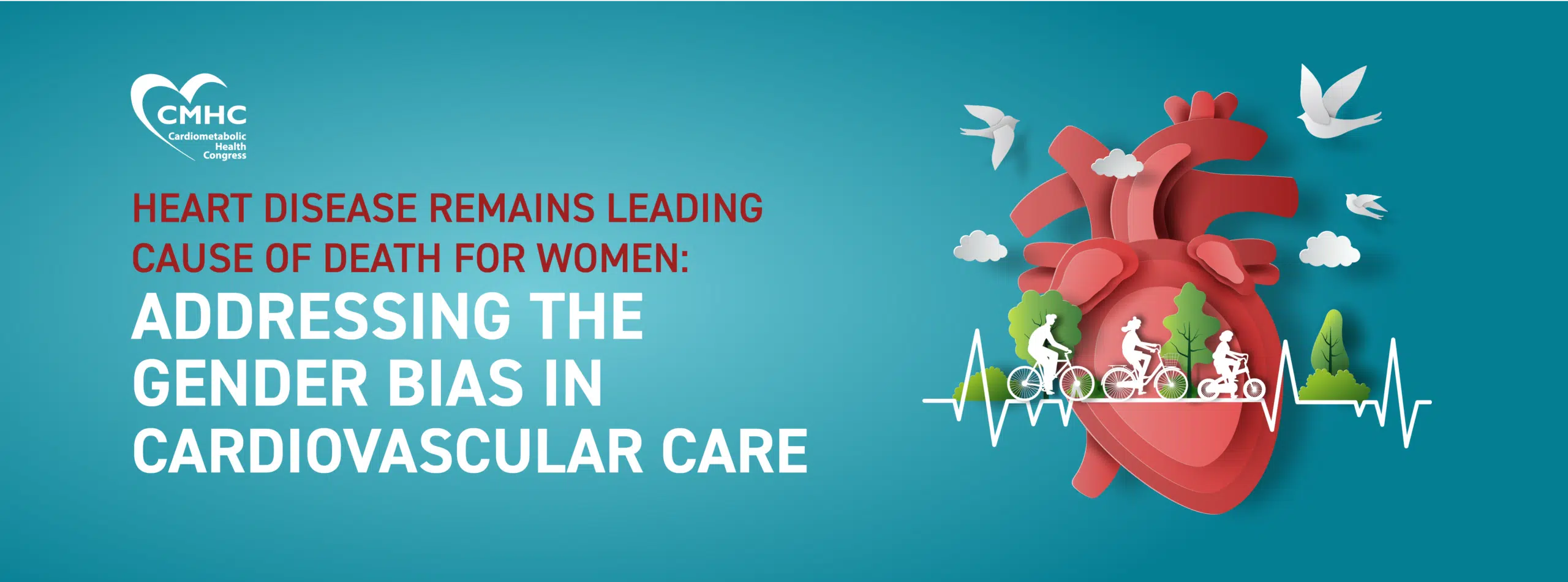As of March 19, 2020, there have been over 10,500 cases of confirmed novel coronavirus in the United States resulting in a total of 158 deaths. Currently the number of infected individuals is relatively low in the U.S. compared with over 92,000 reported cases in mainland China since the first reported case in the country in November. However, as the virus spreads, the number of COVID-19 cases outside of the epidemic epicenter is on the rise. Worldwide, the virus has led to the deaths of over 9,800 patients, most of whom have been older adults with underlying health conditions.
The novel coronavirus has become a major public health concern across the globe, significantly impacting the populations of mainland China, South Korea, Italy, and Iran, while confirmed cases of COVID-19 have now been reported in the majority of countries across all continents. As more information is becoming known about the pathology of the new coronavirus, scientists and medical professionals will continue to share recommendations on how to best approach the the virus within the healthcare setting. The latest guidance for clinicians on coronavirus care can be found on the Centers for Disease Control and Prevention website.
COVID-19 Pathology & Severity
As evidenced by the diverse outcomes of infected patients, symptoms of COVID-19 can vary widely. Some individuals may experience no symptoms at all, while most experience a local infection of the respiratory system akin to the common cold. Other symptoms can include fever, cough, and shortness of breath. Thus far, the majority of reported cases have been considered mild and mostly range from cold-like symptoms to mild pneumonia according to the latest data from the Chinese Center for Disease Control and Prevention.
Only a small percentage of COVID-19 patients gets severely ill, and even fewer experience fatal outcomes. According to the latest data, 14% of cases have been deemed severe – involving serious pneumonia and shortness of breath. Critical cases were identified in 5% of confirmed patients, who subsequently developed respiratory failure, septic shock, and/or multi-organ failure with potentially fatal outcomes which occurred in approximately 2.3% of cases. Currently, global medical and research communities are working to uncover more information on the pathology of the novel coronavirus and the reasons behind differences in severity among populations.
Demographics At Risk
According to the first large-scale study of COVID-19 , elderly patients may face an increased risk for serious illness associated with coronavirus, alongside individuals with chronic health conditions. While fewer than 1% of healthy patients with COVID-19 died from the disease, patients with comorbid conditions may experience poorer outcomes.
In those with cancer, hypertension, or chronic respiratory disease, mortality rates have been closer to 6%; patients with diabetes have a slightly higher risk at 7.3% and 10.5% for those with cardiovas. In contrast, the fatality rates for patients between 10 and 39 years old are about 0.2%; mortality in individuals between 40 and 50 years is currently 0.4% and 1.3% in those above the age of 50.
Researchers believe this could be a result of immune dysfunction that may lead to an uncontrolled immune system response resulting in pneumonia, severe lung damage, and in more severe cases, acute respiratory distress syndrome and septic shock – the primary causes of death in COVID-19 cases. Compounded by preexisting health conditions and poorer health, a weakened immune system in these patients ultimately heightens the risk of serious illness and adverse outcomes – all of which can be mitigated through self-isolation and appropriate sanitary procedures.
Comorbid Conditions
In the large-scale study of patients with underlying illnesses, Chinese researchers analyzed 1,590 patients with confirmed COVID-19 and examined how comorbidities affected the risk of poor outcomes – including the need for intensive care and ventilator administration as well as death.
Adjusting for age and smoking status, the study’s authors found that 399 patients with confirmed coronavirus and at least one other disease – cardiovascular disease, diabetes, hepatitis B, chronic obstructive pulmonary disease, chronic kidney diseases, and cancer – had a higher likelihood of requiring intensive care or a respirator or both, or of dying. The team concluded that comorbidities are present in about one fourth of patients with COVID-19 in China and likely predispose patients to poorer clinical outcomes.
Based on their observations, researchers believe underlying disease may change the progression of coronavirus. Causes of death included heart disease, stroke, and high blood levels of potassium implicating that the high fatality rate in patients with comorbid conditions may result from an exacerbation of underlying disease and not the virus itself.
Youth as a Protective Factor
Based on current data, it appears that children – especially those under the age of 9 – are not very susceptible to the virus. There have been very few cases of coronavirus in children and none have died. Individuals under 18 make up only 2.4% of all COVID-19 cases and in mid-January close to the height of the epidemic, zero children in Wuhan had contracted the virus. A potential explanation for youth as a protective factor in regions near the epicenter of the epidemic is that children are likely to be exposed to other coronaviruses, potentially giving them partial immunity to COVID-19. However, further investigation is required to conclusively determine why younger patients may be less affected by the virus.
Current Clinical Recommendations
While scientists are still investigating the exact pathology of the disease there is not yet any specific guidance for protection against the novel coronavirus for people with compromised immune systems or those afflicted with preexisting health conditions. Current population-wide recommendations emphasize the importance of frequent hand washing, not touching the face, and avoiding close contact with people who are sick. Experts also advise against utilizing face masks for virus protection, cautioning that they may have an opposite effect on risk aversion if not used properly.
In addition, the World Health Organization recently released interim guidelines for healthcare practitioners which recommend testing for COVID-19 in the presence of severe acute respiratory infection in patients who have either come into close contact with an infected individual or who have travelled to one of the Level 3 countries listed here.
It is important for physicians to educate and monitor the health of all of their patients, especially those considered at-risk, to ensure they are proactively protecting themselves against the rapidly spreading virus. Increasing precautionary measures and staying updated on the emerging clinical information can help both medical professionals and their patients actively work to limit transmission and prevent the development of further COVID-19 cases.


















